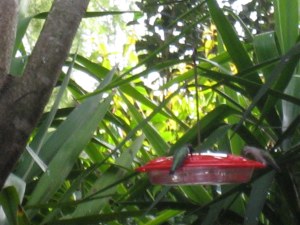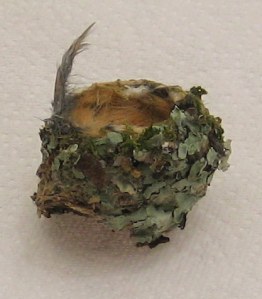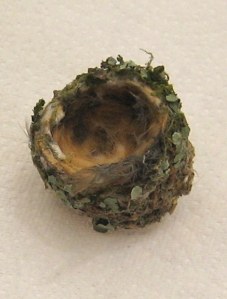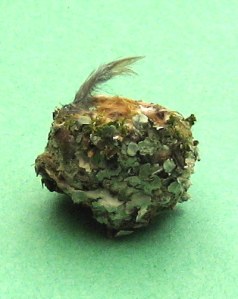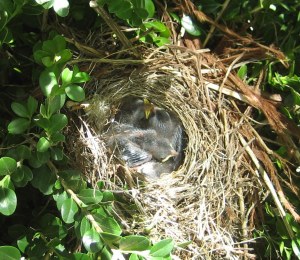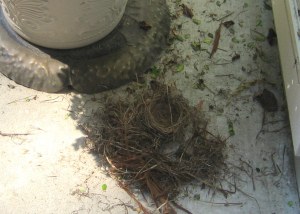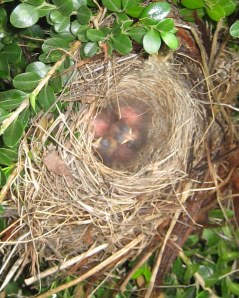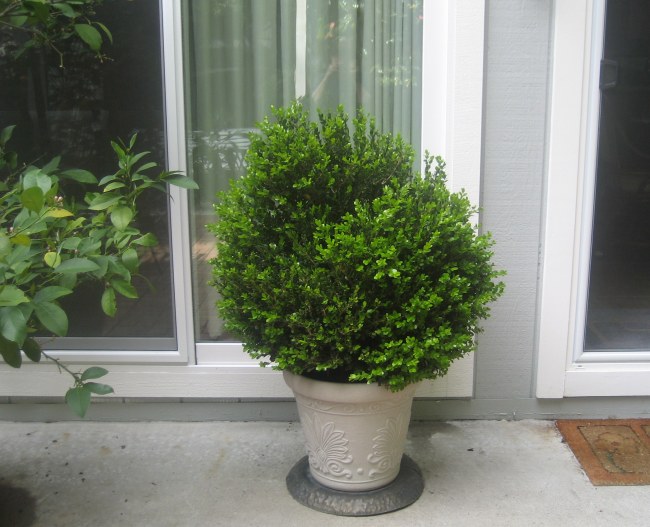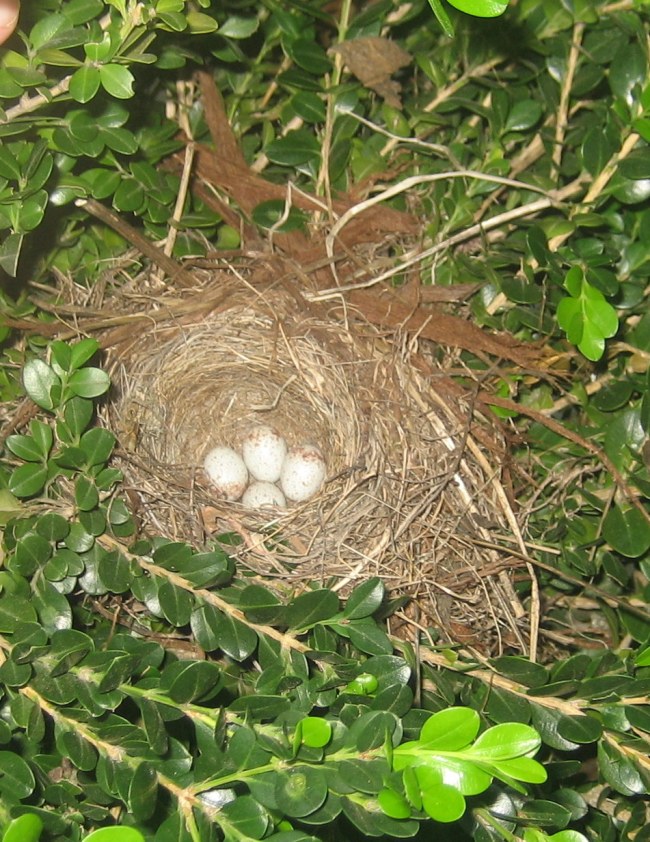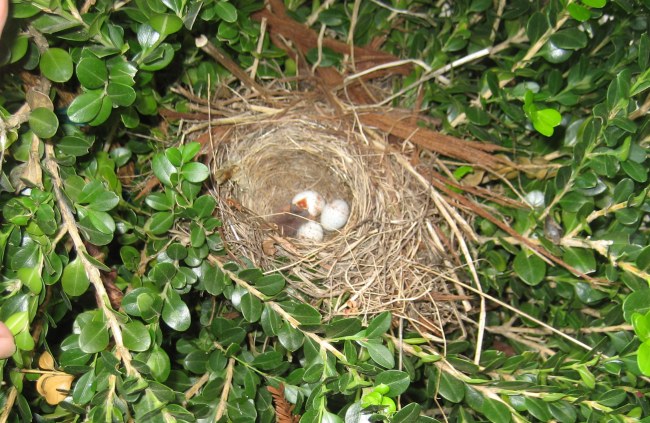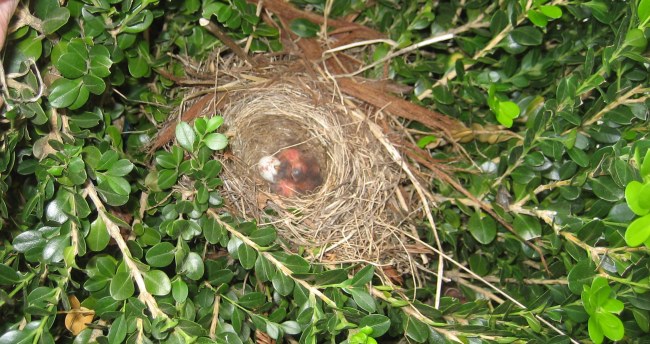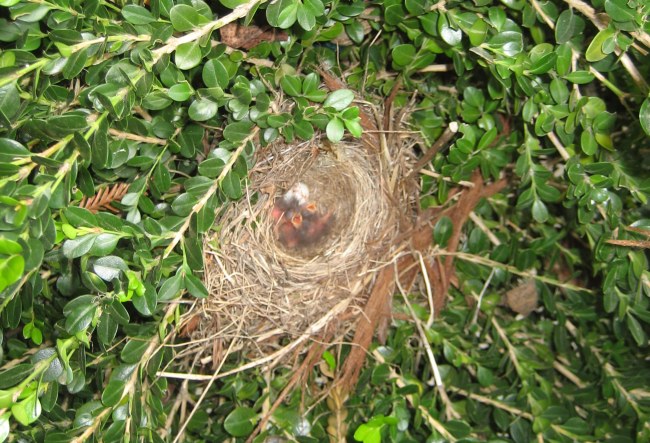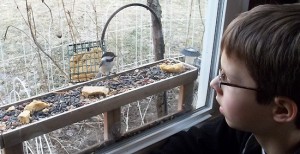One of my favorite kinds of birds are hummingbirds. These tiny little hummers are fascinating to watch as they flit from flower to flower drinking nectar. Then suddenly they will soar up into the sky and land on the branch of a nearby tree. They seem to stop in mid air, then fly off at an angle.
I’ve seen pictures of hummingbird feeders full of birds, four or five birds eating at one feeder. The hummingbirds that visit my sugar-water feeders are usually more confrontational. One bird will chase another bird away from the feeder if it tries to land. Occasionally, in the winter two or three birds will eat at the same feeder.
We see Anna’s Hummingbirds in northern California year round, with an occasional siting of a Rufous Hummingbird.
For many people, one of the most highly anticipated events of spring is the arrival of the first hummingbird. Millions of Americans offer sugar water in feeders to get closer looks at these flying jewels, and to enjoy their antics. Hummingbirds range in size from the two-inch-long bee hummingbird of Cuba to the giant hummingbird, a cardinal-sized resident of the Andes. They come in varying shades of vivid color, their fiery feathers flashing in the light as they fly in every imaginable direction. Hummingbirds are fascinating creatures, but how well do you know them? Test your knowledge with the quiz below.
How much do you know about hummingbirds?

